Ever since the Circle Hookmandate was floated out by fisheries managers, all I’ve heard is people complaining about it. I find it, more than a little odd, that a large percentage of these people are the same ones who complain that not enough is being done to protect the fishery. I guess they only want to protect the stock in ways that don’t force them to change anything about how they fish? Being forced to change something never feels great, but sometimes you have to do it for the bigger picture. The bottom line is, reform for the greater good of the fishery is supposed to hurt a little. A huge percentage of the people who fish for striped bass are either catch and release only or the type that keep one or two per year—lowering the bag limit changes nothingabout how they fish or the pressure they put on the fishery. So that means that all of the mortality these two, very large, user groups contribute to the fishery goes unchecked and unchanged. Not only is that not good, but it’s also not fair.

J-Hooks Effective and Deadly
Fishing live or dead bait is a very popular way to catch fish and its also a very effective way to catch big ones. The downside to its undeniable effectiveness is the disproportionately high mortality rate when compared with other methods. Striped bass, especially big ones, can swallow an eel faster than you can read all the words in this sentence. Burying the hook into throat or gills of any fish dramatically lowers their chance of survival and those chances dip even lower after a long fight and plummet further if no time is taken to revive the fish—add in a photoshoot and the fish is as good as done.
Don’t believe me? Listen to this little gem. Back in the late summer of 2007 I was enjoyed the best fishing for big striped bass that I am likely to ever see in my life and this is coming from a guy that fished a huge percentage of the biggest blitzes the Canal has ever seen, this was better. We were catching dozens of 30- to 38-pound fish with multiple 40-pounders landed every night and this went on for weeks. We had it all to ourselves too, social media hadn’t yet tainted fishing at that time. One night it was myself and one other buddy, we were both fishing eels, I was using circle hooks and he was using traditional J-hooks. We smashed fish that night, at least four over 40, and when the tide was done, we headed for the road. We usually walked out along the base of breakwall, but for some reason, I walked the low tide line that night and I found three dead giants on my way out. What a tragedy. I didn’t feel right about leaving them there disrespected, so we brought them home for the table. Every fish we caught that night was released and appeared to swim away strong, but the fish I found weighed 37, 41 and 45 pounds and all of them had a clipped J-hook in their throat. I think that story speaks volumes about the effectiveness of circle hooks and the damage inflicted by a deep hook, to me these things are undeniable.

A Bit of Deprogramming Required
I don’t understand the problem. You can still fish eels, bunker or any other live or dead bait that you choose, you’re still able to fish all of the locations you could fish before, the only change is that you have to change your method, just a little bit, by using a different hook and perfecting a different hookset. I started using circle hooks back in 2005 and, after a short stretch of deprogramming, not only did I master the circle hook hookset, but I also learned that once a fish is hooked on a circle, it almost never comes off. Think about it, that hook would have to back out more than 180 degrees to come unbuttoned, I mean, the hook is almost a literal circle! Something else I learned is that you very rarely get a bad hookset with a circle, the hook anchors in the jaw and almost never finds purchase in the soft tissues of the throat where it is far more likely to tear free and because of the inward-facing point you will also never get those half-stuck hookups in the roof of the mouth, the point is designed to bypass all that and find solid purchase when it’s pulled between the fish’s closed lips. It actually a genius invention.
Making the Transition
I mentioned above that I had to endure a stretch of deprogramming, where I had to resist the urge to reel down and strike back violently like we do with a J-hook. And yes, during that stretch, I missed a few fish. My advice is to start using eels or whatever bait you like earlier than usual this year, maybe early May and flatten the learning curve on large schoolies and small slot fish so that you have your method down long before the big girls come to town.
Here’s what has worked for me. First of all, I like to use a bigger hook because I feel that a wider gap always translates to a more reliable hookup. So I’m usually using 8/0 circle hooks for eeling and I might go up even higher for live or chunked bunker. I like to use a larger hook for the simple reason that I feel a bigger gap translates to a better hookup overall. If the size of the hook makes you think the fish are going to ignore your bait, consider the fact that they eat plugs with treble hooks hanging off of them and they’ll also happily swallow a bunker with a 7/0 snag hook pinned to it’s flank—what I’m trying to say is, the hook isn’t going to wave off any hungry striped bass. Remember, the law dictates that you must use an INLINE circle hook, that means the point is lined up with the shank of the hook, offset circles are now illegal.

Offset vs. Inline
Fishing Live Eels
Just like with your beloved J-hooks, a successful hookup relies on you to wait long enough to get the bait into its mouth. I mostly fish eels, so I’m going to detail my eel routine here, but the process with other baits should be largely the same. I keep my rod tip high when I’m eeling, like almost straight up. Everything else about fishing live eels is the same, you still hook them the same, you still cast them out and reel slowly. One thing you should not do is the old, ‘open the bail and let them run for a 10 count’ routine. This is why I keep my tip straight up in the air, when a fish grabs the eel, I wait for the fish to pull my tip down until it’s parallel with the water—which takes about three seconds—and this is where we make a change. If it were a standard J-hook this is when you’d reel up to get tight to the fish and haul back, hard. But instead, once that rod is pointing at the fish, you’re going to crank steadily until you feel the fish tugging against your tight line—this means that the hook has moved into position. Then it’s a slow lift of the rod tip with steady cranking until you feel a pop, when you feel that give it a few moderate sets to send it home and its game on.

Capt. Jack Sprengel Photo @eastcoastcharters
Fishing Other Baits
For those fishing with chunks or live finfish like bunker or scup, you can hook them though the nostrils, but the consensus among anglers that fish more live baitfish and chunks than I do, is that rigging these baits ‘off the hook’ so that the gap is totally clear with greatly increase your chances of hooking up. There are many versions of these rigs with many utilizing elastic bands sewn through the eye socket and then wound tightly around the hook, some use braided Dacron line in a similar fashion, sewn though the eyes and then tied tightly to the bend of the hook. The goal of these rigs is that, as mentioned before, the gap is kept clear, but also that the bait will tear off the rig making for a better hookset and removing the weight of the bait which can work the hook free during the battle.
Change for the Greater Good
It should be pretty obvious at this point that the advantages provided by circles hooks—better hookups, fewer lost fish, a drastic reduction in gut hooked fish, less time spent unhooking fish—far outweigh your reluctance to give up setting the hook. Don’t be selfish, this should be viewed as a voluntary change, you’re doing it for the greater good of the fishery—more fish swimming in the ocean means more fish to catch next time and more babies to populate the future. It’s an easy adjustment and you’ll have it mastered in no time. We need there to be as many stripers in the ocean as possible if the stock is going to recover again, making the switch to circle hooks is doing your part. No more complaining!




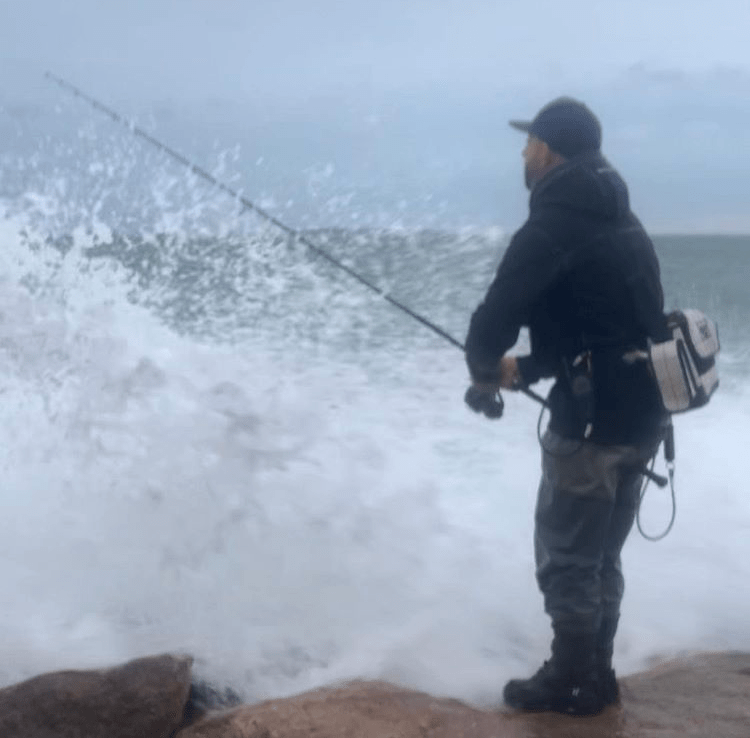

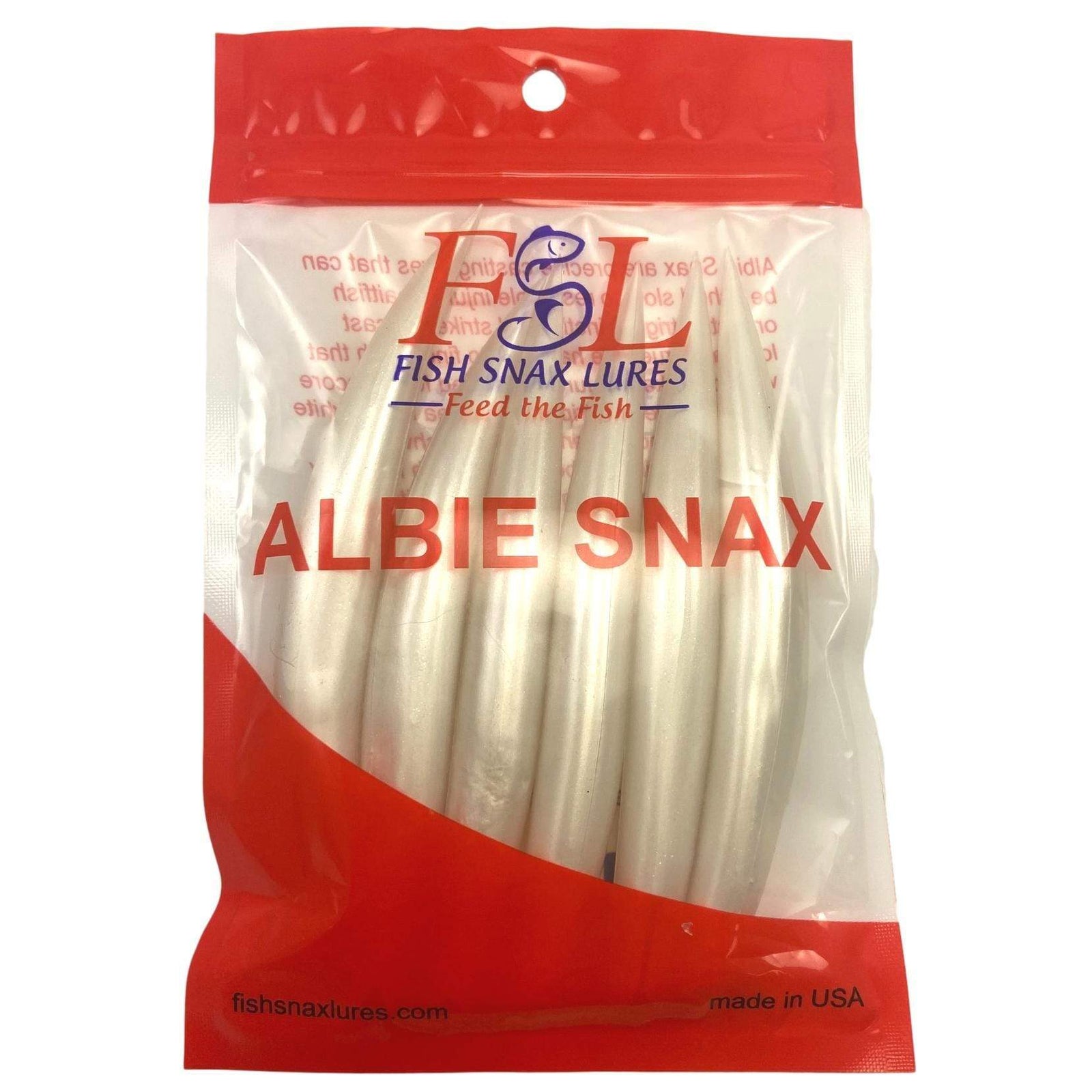

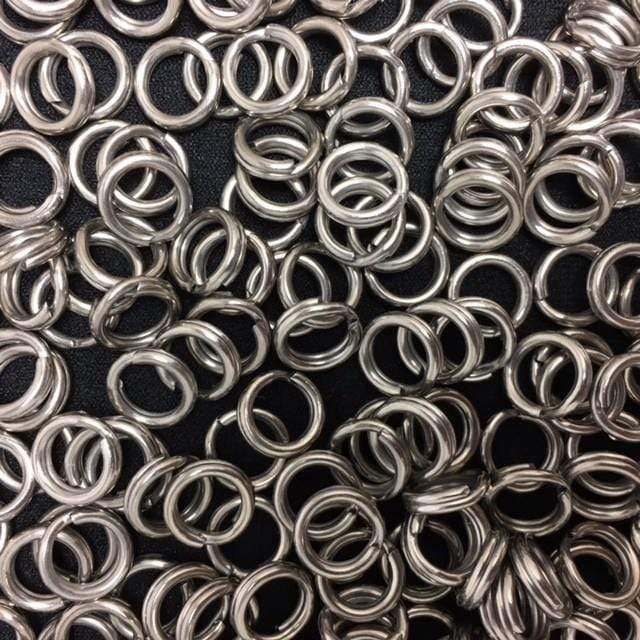
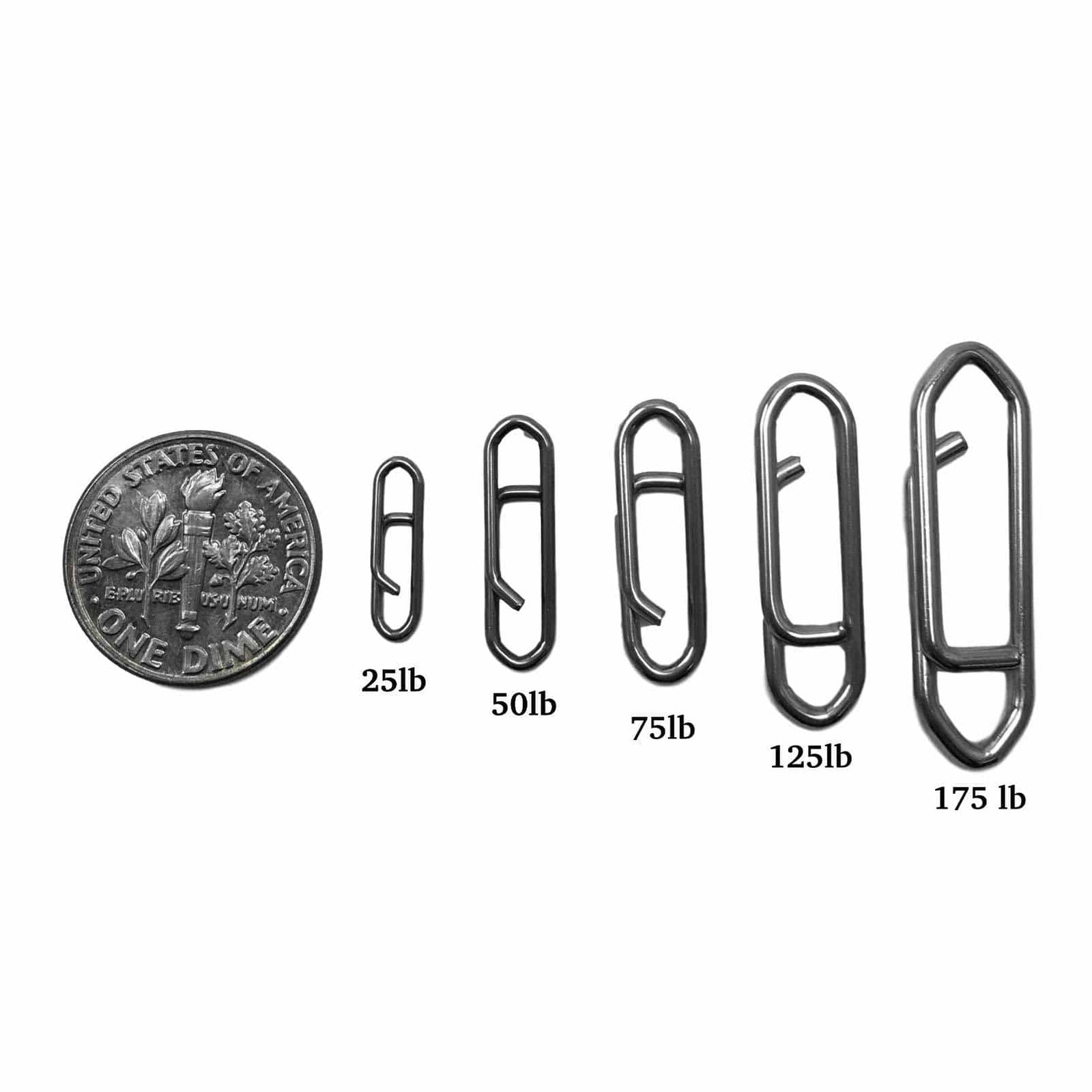




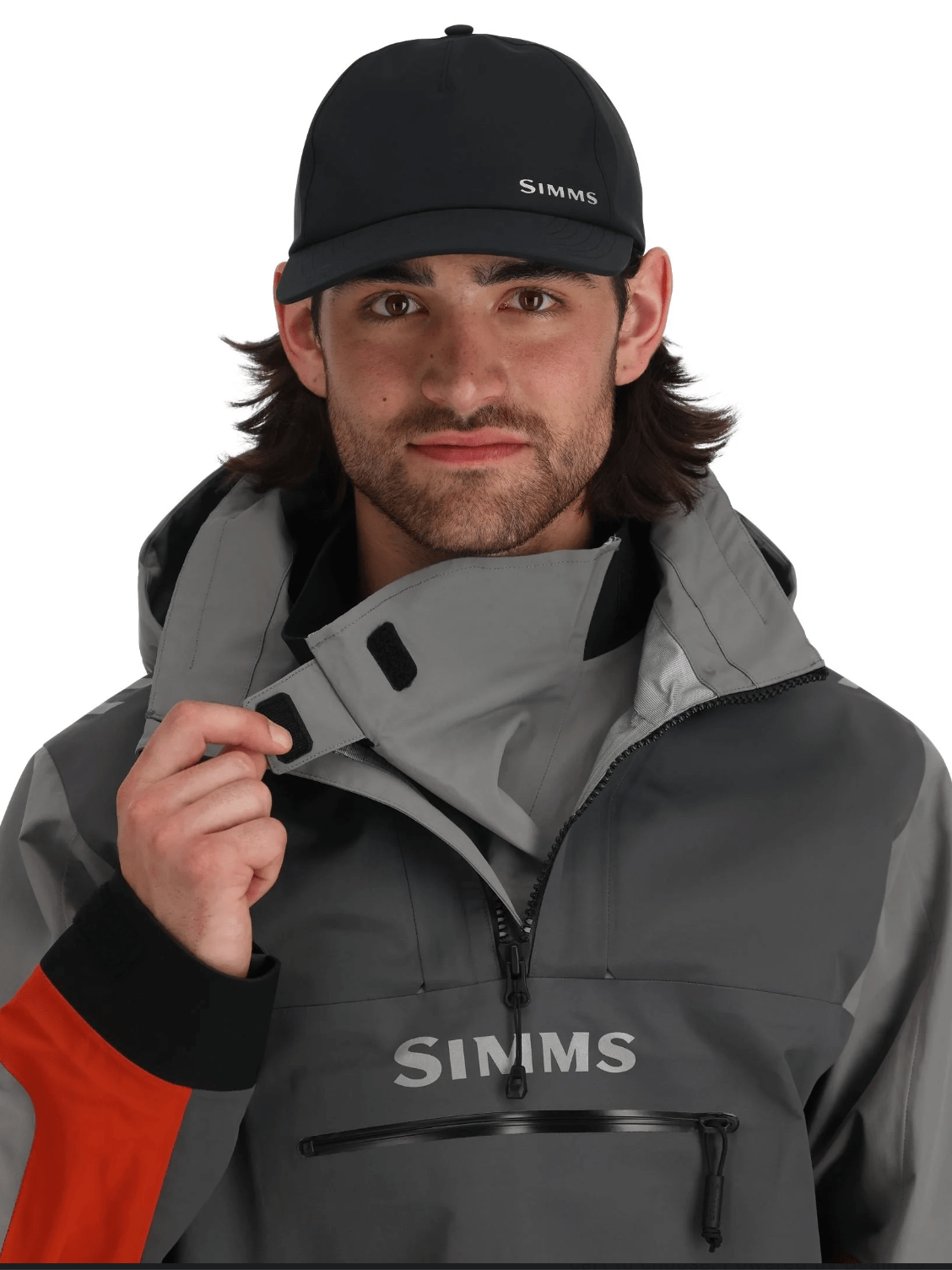

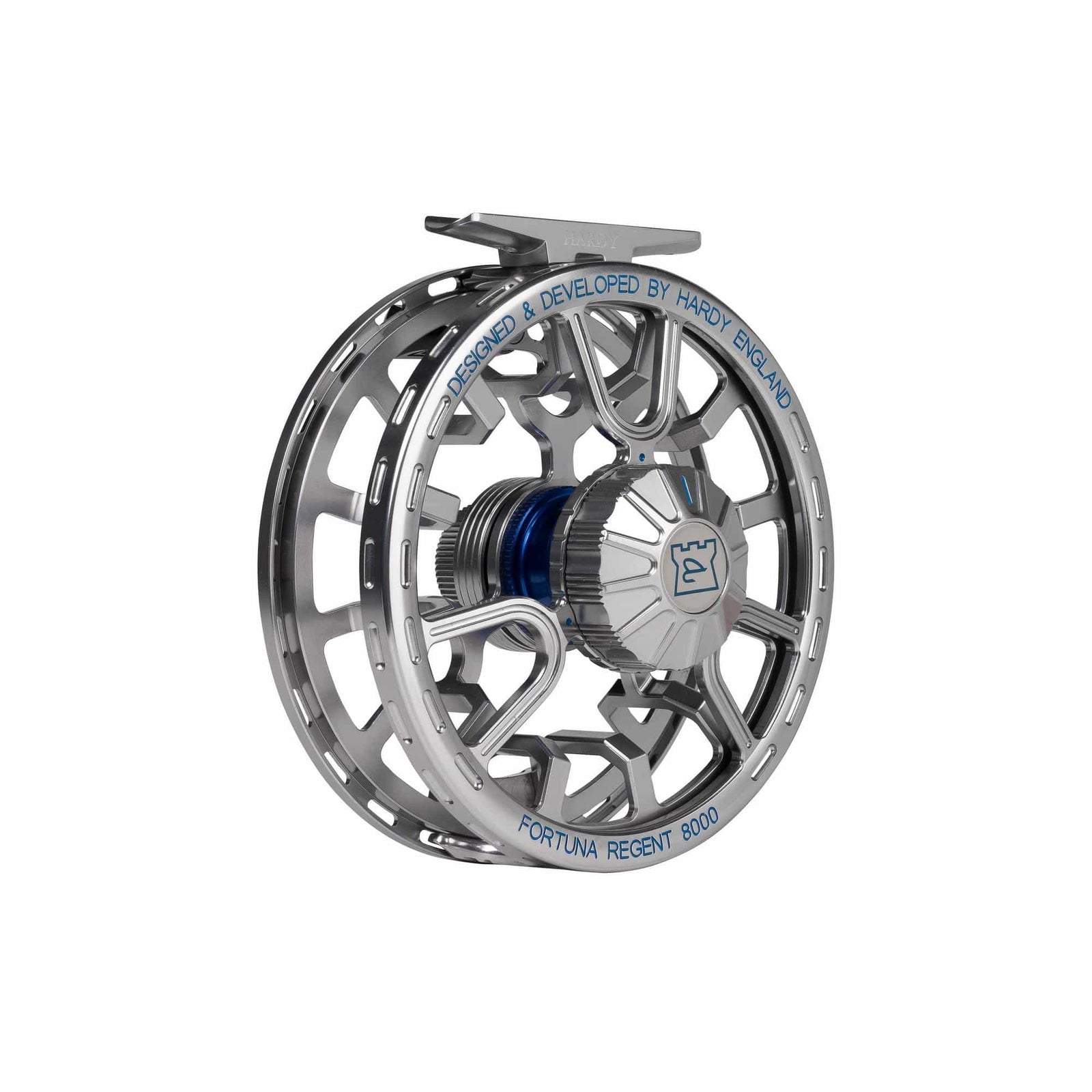
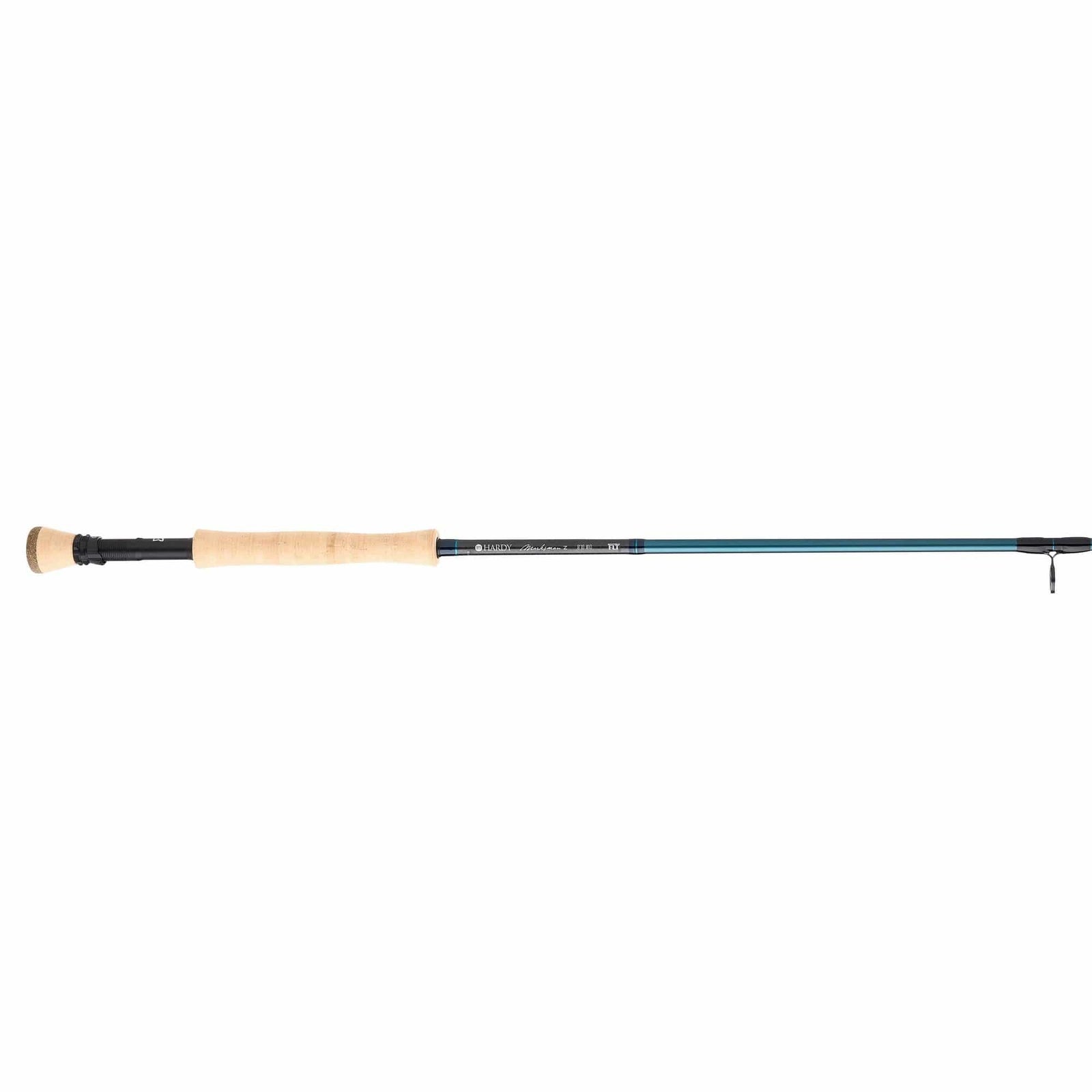
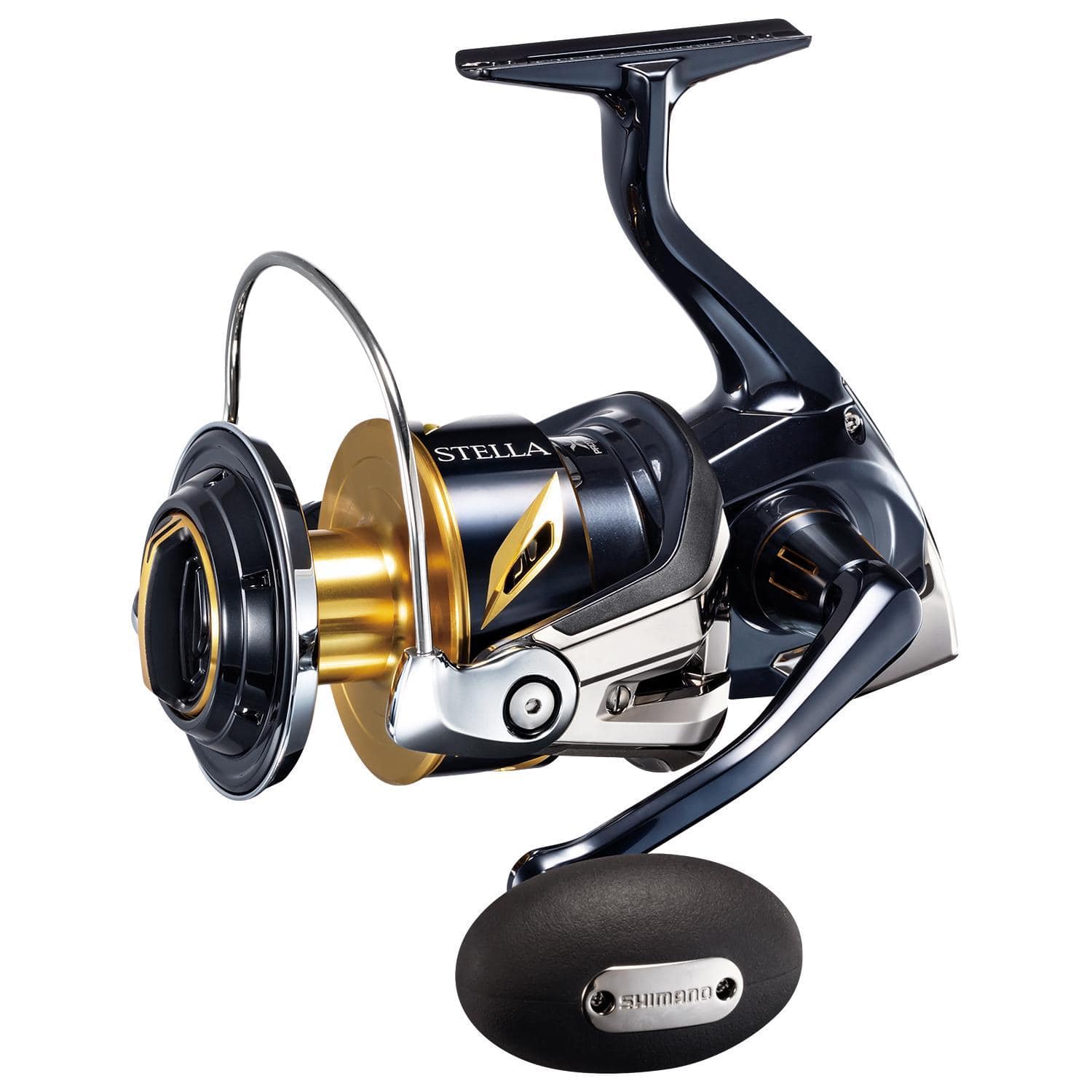
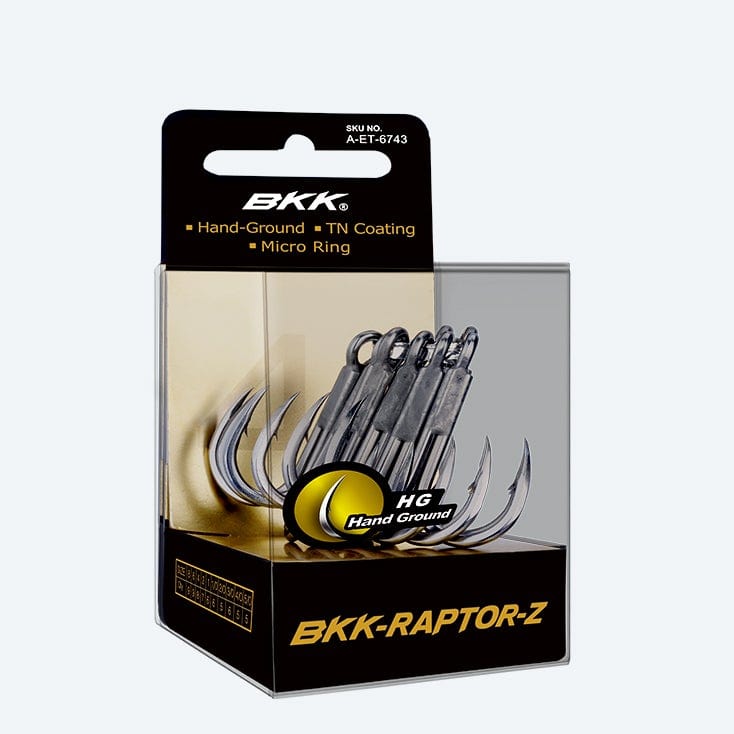
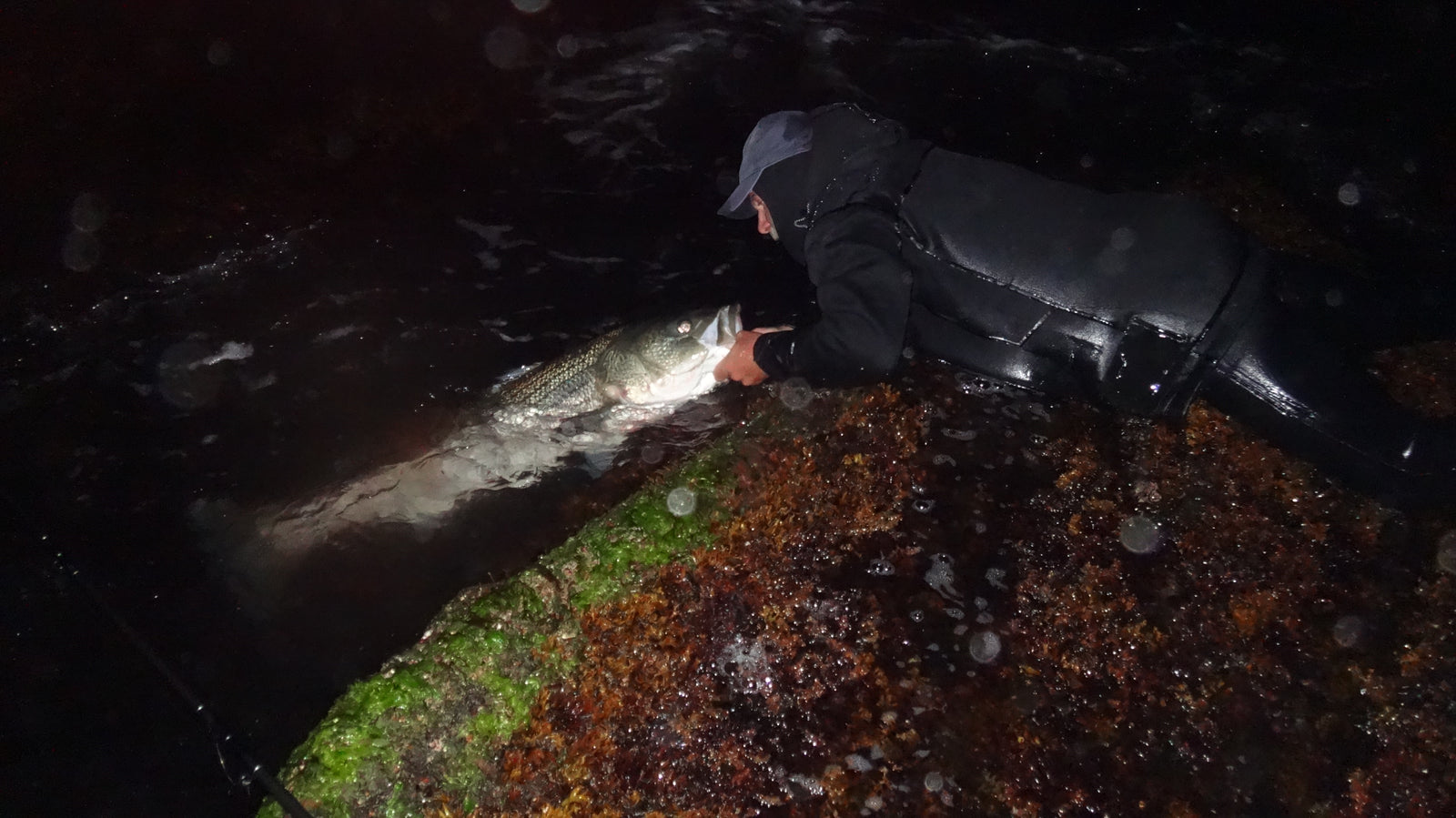
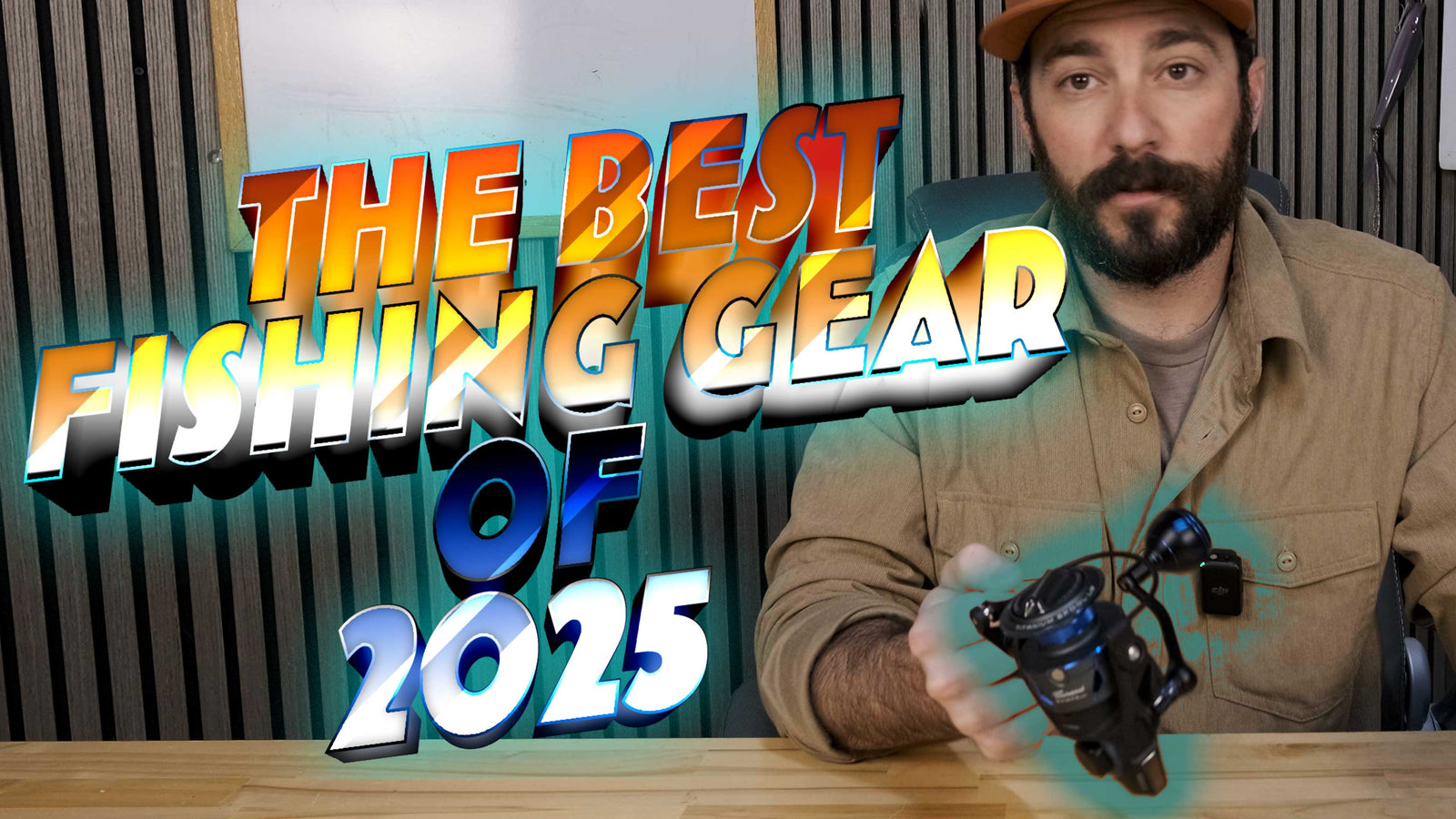


Kevin Howley
February 04, 2021
Thank you. It’s fishers like you who make the sport and our oceans better for everyone. Also, thanks for the good tips on using circles for eels.